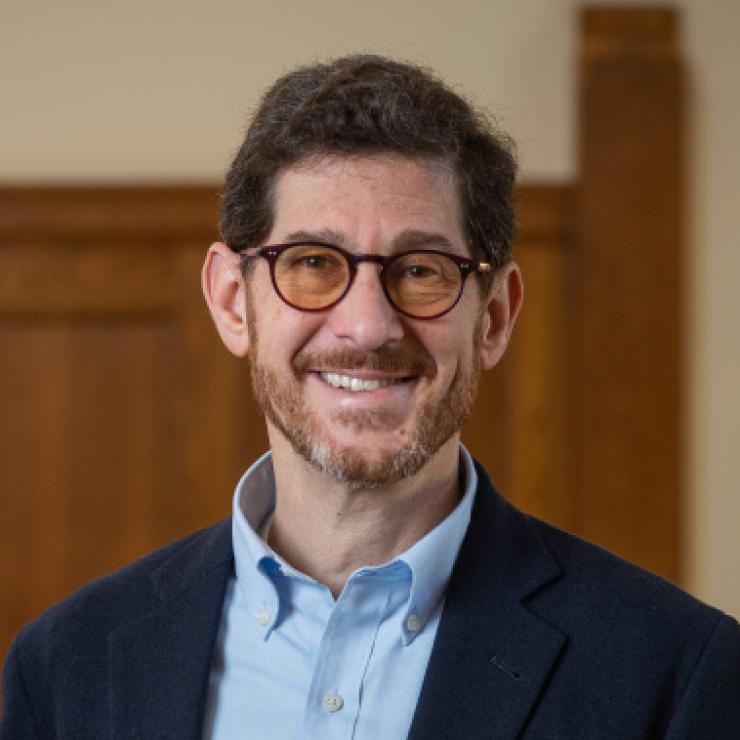Brian Jacob speaks with Chalkbeat about a new study which examines the choices made by Ohio school districts around reopening amidst the pandemic
The study looks into whether decisions about extending virtual learning were led more by political preference or public health guidance.
Many critics of schools’ decision to extend virtual learning instead of returning to the classroom said the choice was due to politics rather than science, writes Patrick Wall for Chalkbeat.
Over the course of the 2020-21 school year, roughly two-thirds of Ohio’s school districts switched between in-person and virtual learning. But by looking at data from the state’s 600 school districts, Brian Jacob and co-authors Alvin Christian and John Singleton determined that local COVID rates were a better predictor of school reopenings than politics. Wall reports on findings from their recently released study, noting that the researchers found rising case counts during in-person learning made districts less likely to keep schools open the following week.
This suggests that district leaders “were acting like rational decision-makers facing uncertainty,” said Jacob, an education and education policy professor at U-M. “That’s a very different picture of school districts and school boards than, ‘They’re only focused on political partisanship.’”
